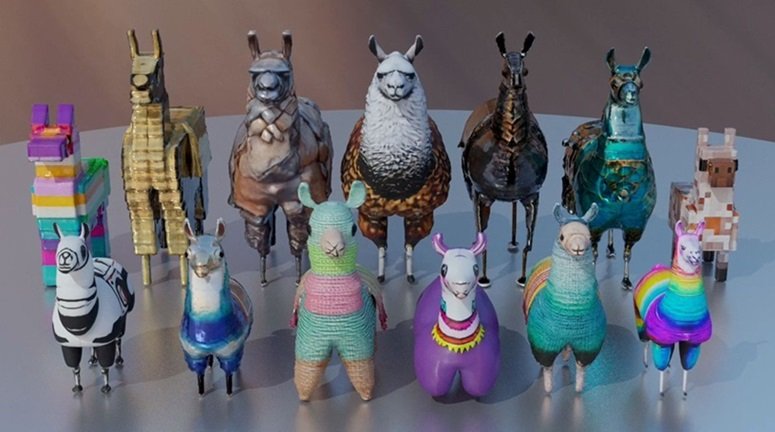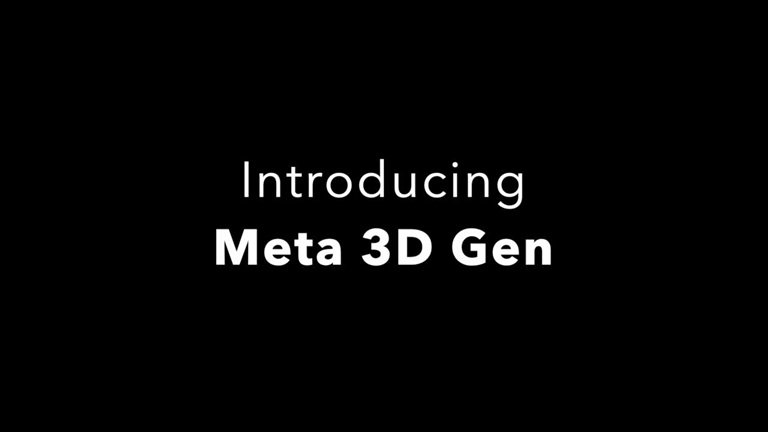Table of Contents
Hey there, tech enthusiasts and creative minds! Today, we’re diving into the fascinating world of AI-powered 3D asset creation with Meta 3D Gen. Whether you’re a seasoned 3D artist, a game developer, or just someone curious about cutting-edge technology, Meta 3D Gen is a tool you’ll want to keep an eye on. Let’s break down what makes this AI marvel tick, why it’s a game-changer, and how it can transform your creative projects.
What is Meta 3D Gen?
Meta 3D Gen is an AI-driven platform designed to simplify and enhance the process of creating 3D assets. Imagine having a tool that can generate high-quality 3D models with minimal effort, freeing up your time and unleashing your creativity. That’s exactly what Meta 3D Gen offers. By leveraging advanced machine learning algorithms, this platform can produce realistic and detailed 3D assets in a fraction of the time it would take a human artist.
The Power of AI in 3D Asset Creation
So, how does it work? At its core, Meta 3D Gen uses deep learning techniques to analyze vast amounts of data and learn from them. This includes everything from textures and shapes to lighting and shading. The AI then applies this knowledge to generate new, unique 3D models. It’s like having a team of expert artists working around the clock, but faster and without needing a coffee break!

Real-Life Examples of Meta 3D Gen in Action
Let’s take a look at some real-life scenarios where Meta 3D Gen is making a splash.
Gaming Industry
In the gaming world, creating detailed and realistic environments is crucial. Game developers are always on the lookout for ways to streamline this process. With Meta 3D Gen, developers can quickly generate intricate landscapes, buildings, and characters. For instance, a game studio working on a new fantasy RPG used Meta 3D Gen to create an entire village complete with houses, shops, and NPCs (non-playable characters) in just a few days. This not only sped up production but also allowed the artists to focus on fine-tuning the game’s storyline and mechanics.
Virtual Reality (VR) and Augmented Reality (AR)
VR and AR applications require high-quality 3D assets to create immersive experiences. Meta 3D Gen can produce these assets with remarkable precision. Imagine a virtual museum where visitors can interact with lifelike exhibits. A recent project involved creating a virtual tour of ancient Rome. Using Meta 3D Gen, the developers generated accurate 3D models of historical buildings and artifacts, providing users with an engaging and educational experience.
E-commerce and Product Visualization
Online retailers are increasingly using 3D models to showcase products. Meta 3D Gen can help create detailed product visuals that customers can rotate and examine from all angles. For example, a furniture company used Meta 3D Gen to produce 3D models of their entire catalog. This allowed customers to visualize how different pieces would look in their homes, leading to a significant increase in sales.

Benefits of Using Meta 3D Gen
The advantages of integrating Meta 3D Gen into your workflow are numerous. Here are a few key benefits:
- Efficiency: Drastically reduce the time required to create high-quality 3D assets.
- Cost-Effective: Lower production costs by automating parts of the asset creation process.
- Consistency: Ensure a uniform level of detail and quality across all assets.
- Creativity: Free up creative teams to focus on more complex and innovative aspects of their projects.
Conclusion
Meta 3D Gen is more than just a tool; it’s a revolution in 3D asset creation. By harnessing the power of AI, it opens up new possibilities for artists, developers, and businesses alike. Whether you’re creating a stunning virtual world or enhancing product visuals, Meta 3D Gen can take your projects to the next level. So why not give it a try and see how this innovative platform can transform your creative process?




Leave a Reply